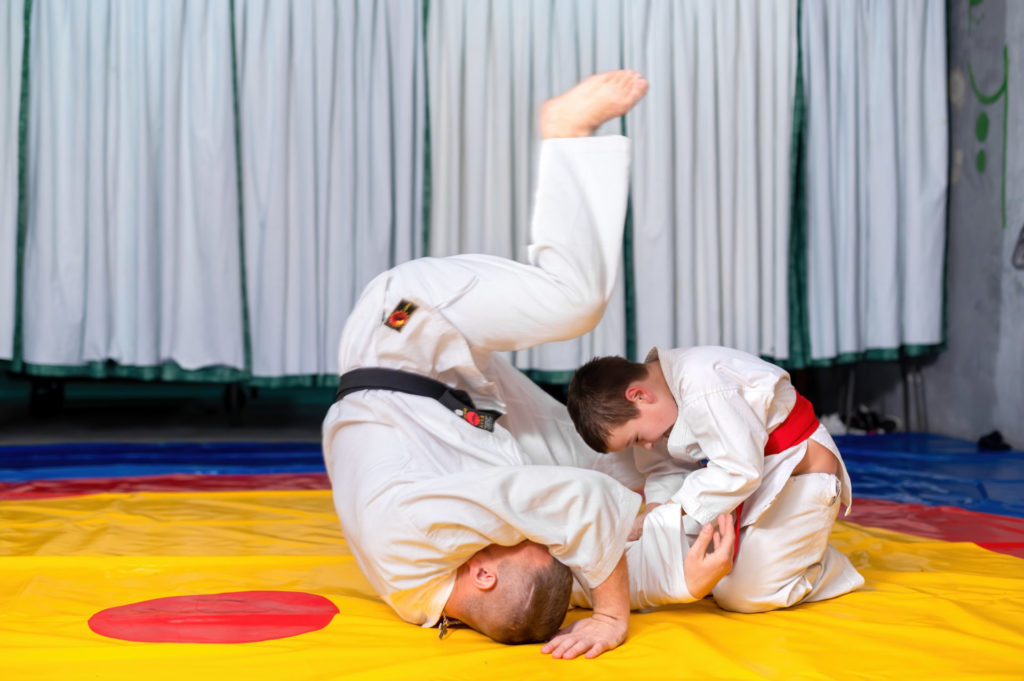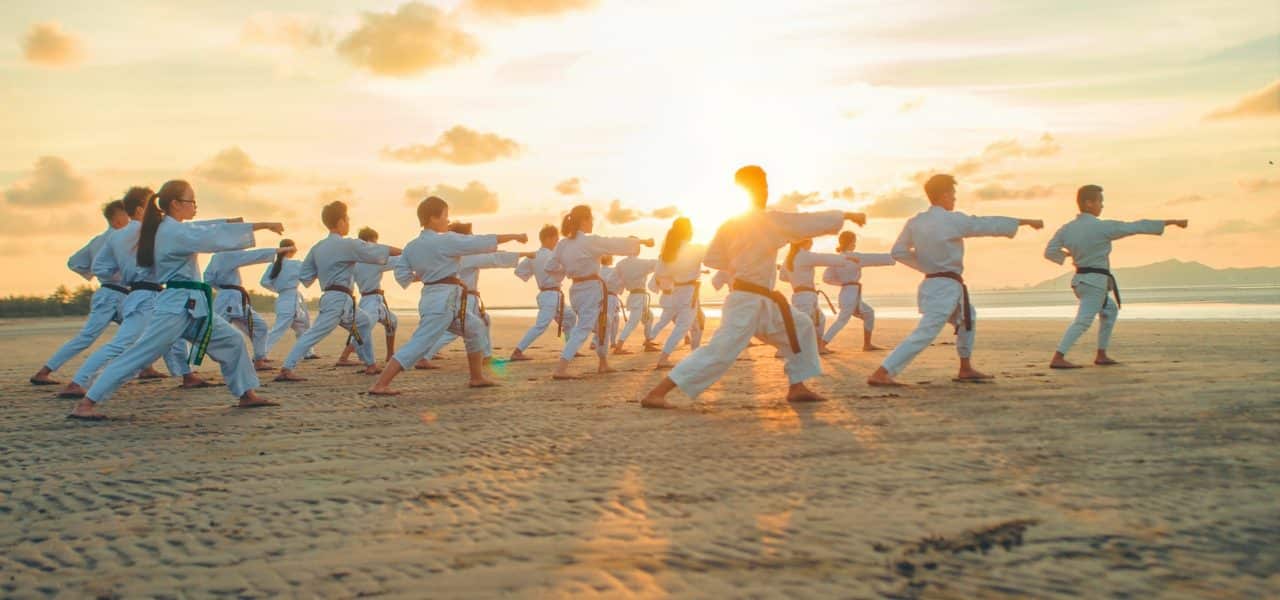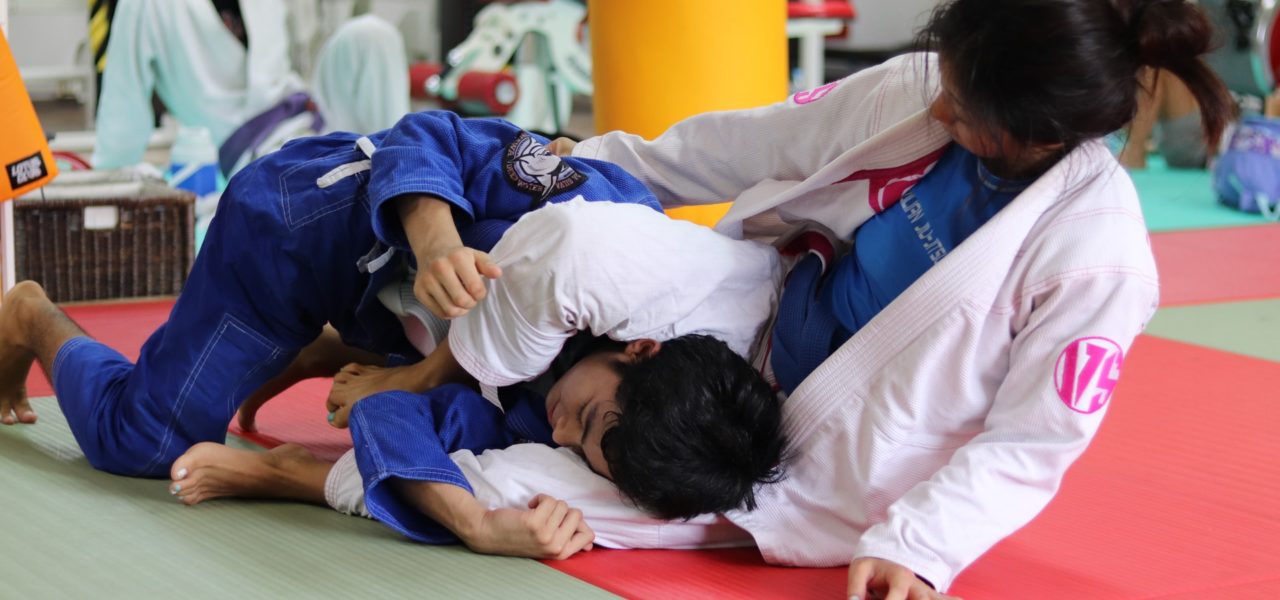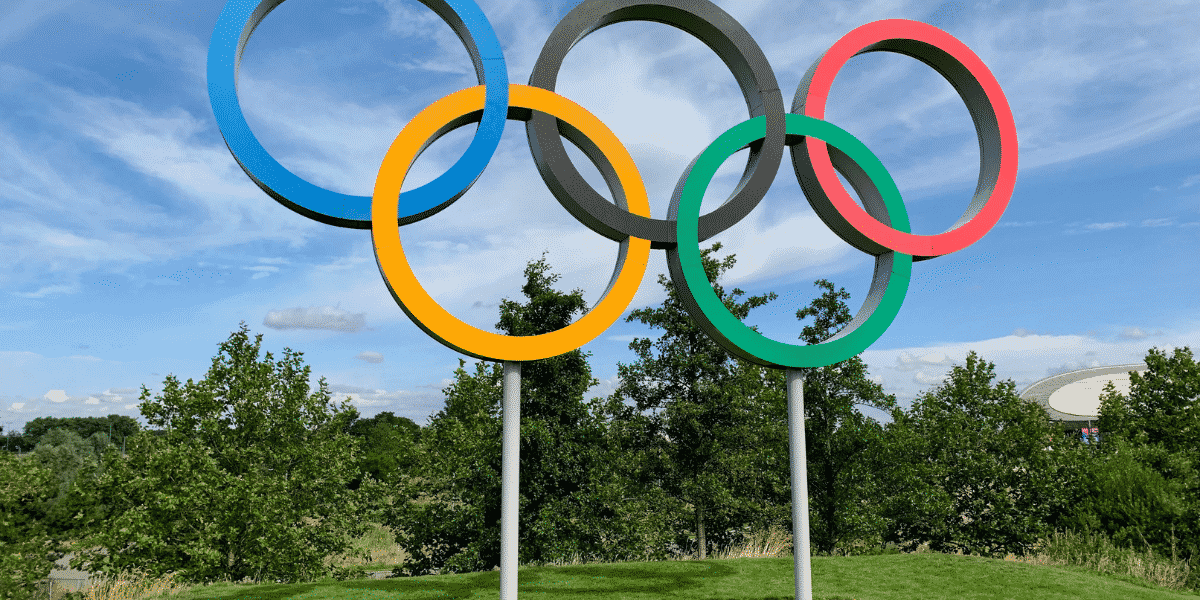Your cart is currently empty!
Martial arts: returning to training and competition after a long period of inactivity
For one reason or another, every martial artist needs to take a break from his or her sport. Whether to regain strength or to devote more time to other activities, this is a break that will undeniably be felt. This is particularly the case when returning to competition or training after a long period. Here are a few tips and tricks for a worry-free return to work.
Table des matières
A complete medical check-up
Almost self-evidently, this phase will determine, above all, your ability to continue practicing your preferred martial art. It is usually sanctioned by a medical certificate or a certificate of fitness for sport summarizing your physical and mental condition. The latter may be required if you plan to resume club activities.
In concrete terms, you have the option of consulting either a general practitioner or a sports doctor. He will examine your history, such as your sporting habits, your new lifestyle, etc. This is followed by a number of tests to check heart rate, blood pressure, cholesterol levels, muscle flexibility, etc.
An evolutionary approach
The most important thing is to resume martial arts training gradually. To put it plainly, you’ll need to go back to the basics to get your brain working again, without rushing it. Rehearse katas to optimize muscle recovery, but also to limit muscle soreness and contractures. Multiply your exercise sessions with warm-ups at the beginning and stretching at the end.
Orienting your physical preparation
Adjusting your physical preparation involves making a transition from conventional exercises to more adapted ones. For martial arts with kimono, for example, you can perform specific exercises during your training sessions to achieve a grip identical to that on a kimono. A simple kimono jacket (judogi) will do the trick.
For martial arts requiring more flexibility, you could easily get back into shape with elastic bands.
Resuming a healthy diet
Once you have resumed training, you will also need to adjust your diet. As with any physical activity, this is an essential criterion before resuming martial arts competition. For strength training, you’ll need to eat a healthy diet, but you’ll also need to eat a high-protein diet. This means a balanced sports diet.
You also need to vary the foods you eat to balance your diet and obtain a variety of energy sources. Don’t forget to stay constantly hydrated to keep your body functioning normally during physical activity.

Start gradually with sparring sessions
To acclimatize properly, the body conforms to certain physical constraints imposed on it during training sessions. However, when this routine is disrupted, he quickly becomes unaccustomed to it. So, whatever your martial art (karate, aikido, judo, jiu jitsu, kendo, iaido, muay thai, taekwondo…), the sparring phases will be virtually foreign to your body after a period of inactivity.
When you’re ready to resume martial arts training, be aware that your sparring phases will certainly be more painful at first. More than when you practised regularly (with many sparrings at regular intervals)! We therefore recommend that you reduce the number of sparring phases during the first few weeks of your return to training. Reduce them, but also make them progressive.
In addition, we advise you to equip yourself with as much combat sport protection as possible to avoid hurting yourself from the outset.
Listen to your body and be patient
This advice applies not only to your first training sessions, but also if you’re thinking of returning to martial arts competition. Keep this in mind at all times! In addition :
- don’t go back to “traditional” training just yet,
- do not continue your effort if you are injured or in severe pain.
These few signals will help you avoid serious injury when you resume your sport. Between making compromises and risking staying away from the tatami or the rings again, the choice seems to be pretty clear.
Taking care of yourself after every effort
Your body is not fully accustomed to heavy physical exertion. It’s time to take care of it and give it a helping hand to recover quickly. After each training session or competition, treat yourself to a massage to get rid of aches and pains. These can occur when the toxins your body secretes after physical exertion are not eliminated.
The role of sculpting or sports massage will therefore be to eliminate these toxins from the blood vessels, but not only that. It will also relax and tone your muscles. The benefits of massage will also help reduce the risk of injury.
What is reathletization?
Re-athletization is a process that takes place as a prelude to resuming a sporting activity following a phase of non-training. This term, which has been very much in vogue for some time now, stems from the observation that many people are unable to regain their original physical abilities.
Initially reserved for restarting physical activity for top-level athletes after an injury, reathletization has progressively been adapted to any restart upstream of a sporting activity.
Are your objectives well defined? Or are you still unsure how to get back into your martial art after a long period of inactivity? We recommend that you seek professional guidance and support.







